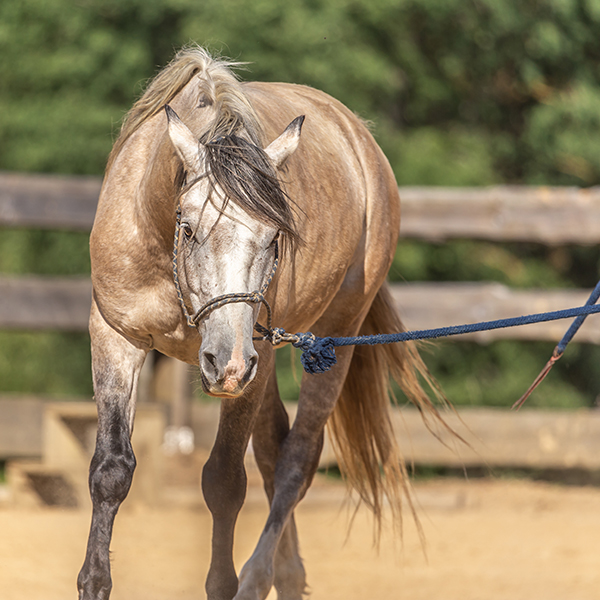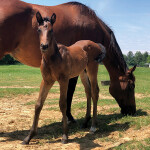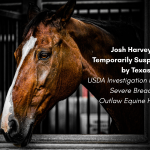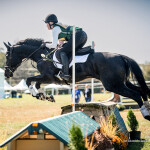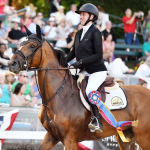Behavioral problems in horses are inevitable. No equine can live up to the unrealistic expectation of being perfectly behaved one hundred percent of the time. As horse owners and riders, we are bound to experience less than ideal behaviors from our horses at some point- both in and out of the saddle.
The main thing to remember when addressing equine behavioral issues is to correct the problem as soon as possible. Letting the problem continue or planning to fix it later will only make correcting the problem more challenging. Depending on the behavioral issue, plan to address it right away if you feel a little extra work can resolve your horse’s bad attitude. Things that can help with minor issues are as simple as lunging your horse in both directions and/or spending a day on groundwork to refresh your horse’s memory on basics. Taking a horse back to its original training foundations can help improve and adjust issues.
If you are dealing with aggressive or dangerous behavior then it is best to consider multiple possible causes, especially if it is new and out of character for your horse. If you do not work with a trainer it is always recommended to consult with one or have your horse’s behavior evaluated by one. If issues arise suddenly it is important to talk more with your veterinarian. Many times when horses experience pain or are not feeling one hundred percent they can display aggressive behavior.
If you are working with a green horse remember that your horse simply may not be ready for what you are asking, or may be confused by your cues. Patience is key with green horses, and it is important to keep notes or write down triggers or red flags you come across when working with a green horse. A young, inexperienced, green horse can respond negatively to training if pushed too quickly, which then can result in your training going backwards.
Problematic behaviors exhibited out of the saddle such as biting, grazing or bumping into you while being led, not allowing you to pick up their feet, or not standing to be mounted can all be remedied with groundwork. Some horses are stubborn by nature and can deliberately test people to establish who is dominant. Patience is key here as well. Sometimes ignoring a stubborn behavior and not making a bigger issue out of it can cause your horse to settle and start listening to you. If your horse refuses to be obedient, try basic groundwork exercises and then try to lead your horse, pick up its feet, or remount again and see if the exercises got the message across. Undesirable behaviors equal more work, whether it is simple groundwork that does not require much physical exertion or groundwork that requires your horse to move forward around you on a longer lead or lunge line. Most equines do not prefer those extra steps and will quickly equate good manners with the privilege of performing less work.
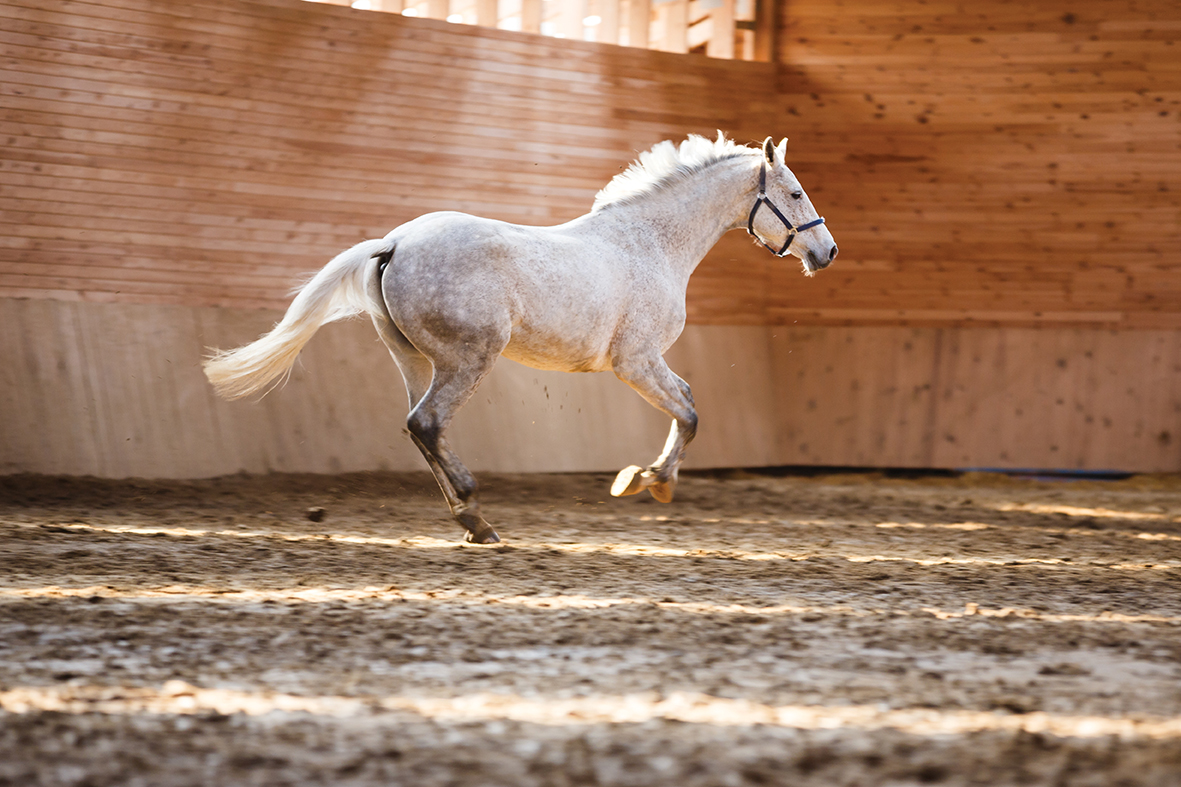
Behavioral problems while under saddle can be more intimidating, as now rider safety is compromised. The feeling of not being in control of your horse is a scary one. Not only is it dangerous to ride a horse exhibiting bad behavior, but it also means your horse is challenging you for authority. Rearing, bucking, and bolting, simply cannot be tolerated. Again, consult with an experienced trainer. There is no shame in having a trainer exercise or ride your horse. A few training sessions can drastically improve your horse and resolve dangerous behaviors. Also, make sure you talk with your veterinarian to rule out any physical issues your horse may have such as ulcers, back or mouth pain. You should also evaluate your tack. Does your saddle fit properly, what about the bridle? Will your horse respond better to a different or lighter bit? If you feel you are experienced in addressing your horse’s bad behavior then remember, taking a horse back to basic groundwork and desensitization practices can help the rider discover triggers and red flags to resolve issues.
If you get into a situation and you cannot get your horse stopped or your horse begins to buck Mindi Harrison, equine trainer and owner of Broken Wheel Ranch in Trenton, Tenn., recommends using the one-rein stop in situations where the attention needs to be fixed back on you, the rider. The one-rein stop, or using one rein to flex the horse’s neck to the side, will disengage the hindquarters and bring the horse to a halt. Think of it as an emergency brake for a horse who is panicking or out of control. “A horse will usually give you a two second heads up if it’s about to do something stupid,” Mindi states. Being attentive and feeling your horse’s every move will help you be ready with the one-rein stop. It will also help your horse refocus the attention back to you- where it needs to be.
Mindi also suggests having an equine dentist or veterinarian assess and float your horse’s teeth once a year. According to her, “Taking care of a horse’s teeth can solve so many behavioral problems.” A bad tooth creating pain and discomfort in your horse could be the basis for any sudden, undesirable behaviors you notice in your horse, so it is best to schedule this preventative care once a year. As advised, talk with your veterinarian during your horse’s annual checkup and do not be afraid to consult with an experienced trainer if your horse checks out physically.
Always remember: what you do on the ground translates into the saddle. Horses are creatures of habit; every time they’re ridden, the rider is either training or untraining them, willingly or not. Correct unacceptable behaviors through groundwork. Also, remember your horse has bad days too. Somedays, if you can tell your horse is not in the right headspace to be ridden, spend the day on basic groundwork exercises. Something as simple as leading your horse in hand, over ground poles, or even through water can help engage your horse’s mind. Work on exercises that help improve the bond and trust in you and your horse. Listen to your horse and always lead with patience, attentiveness and graciousness, and your horse will echo the same behavior, even on its bad days.

